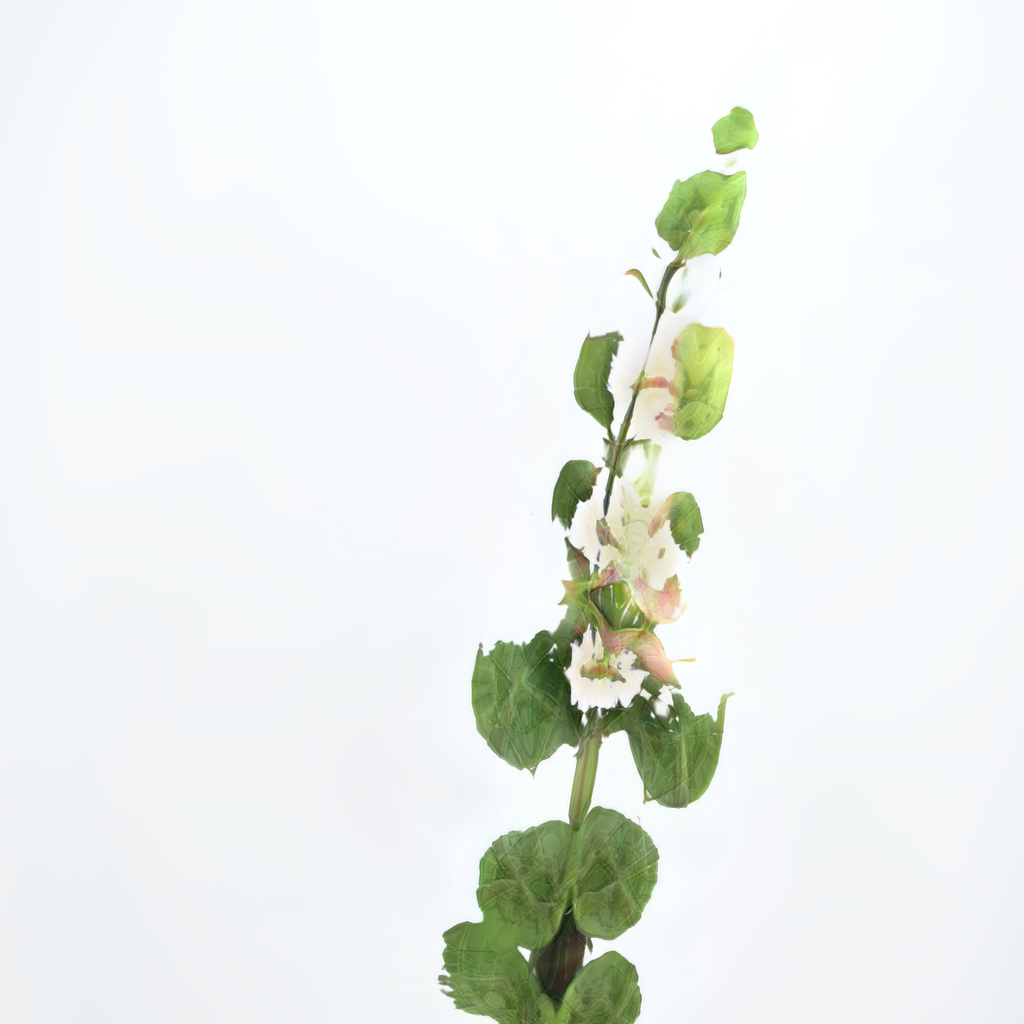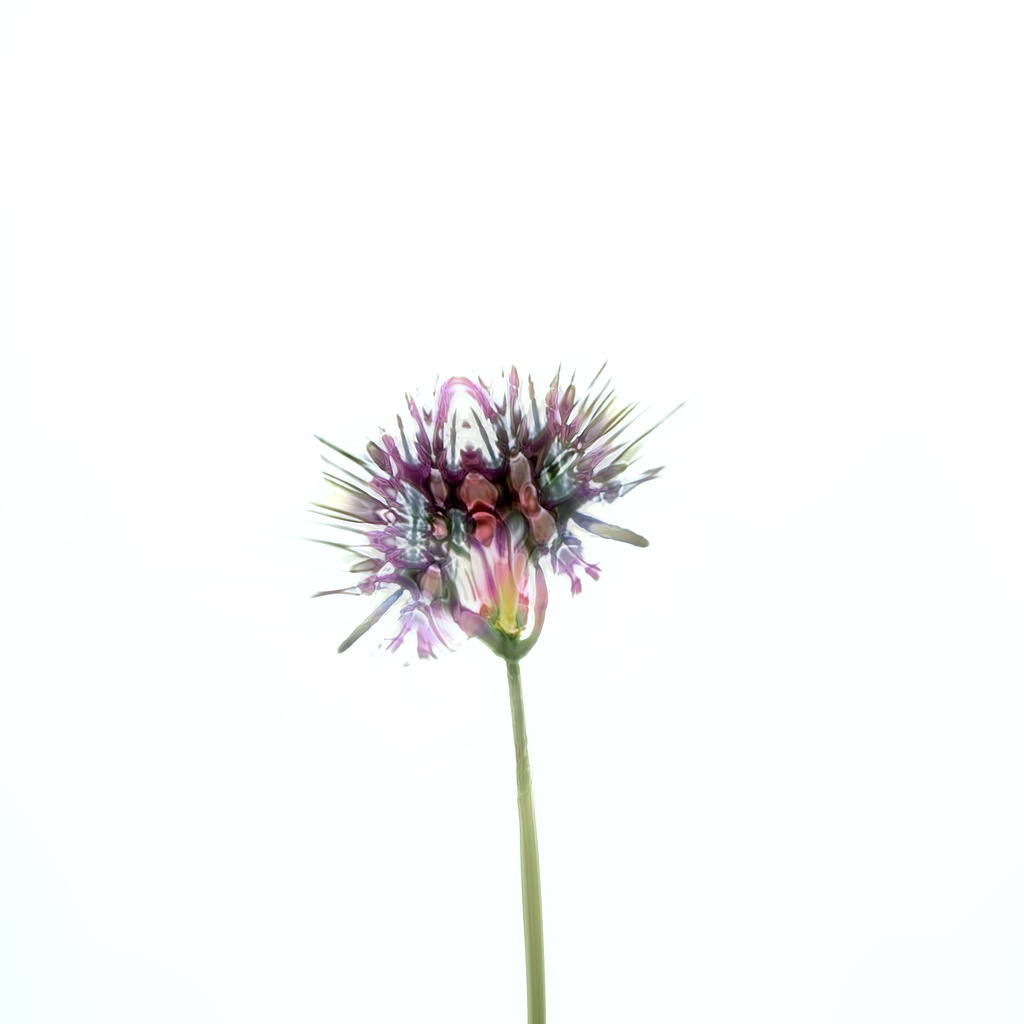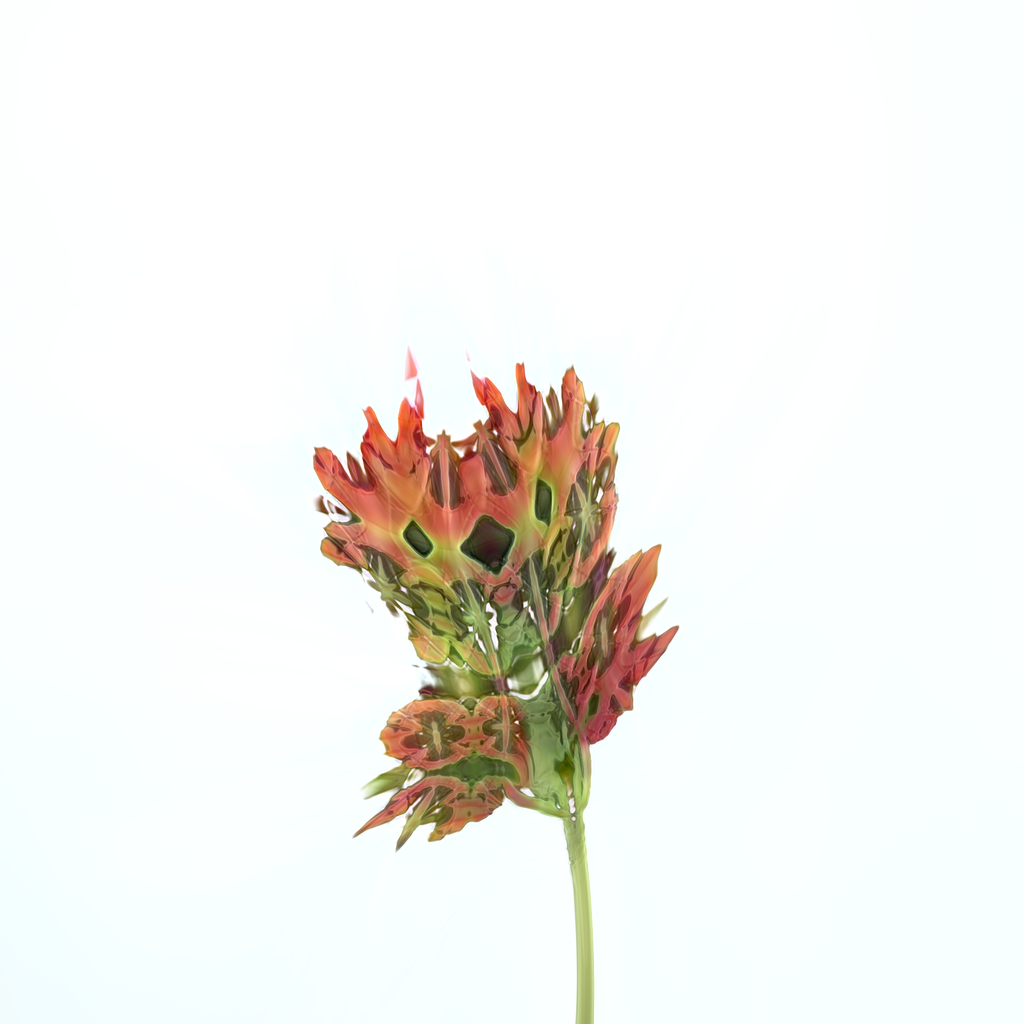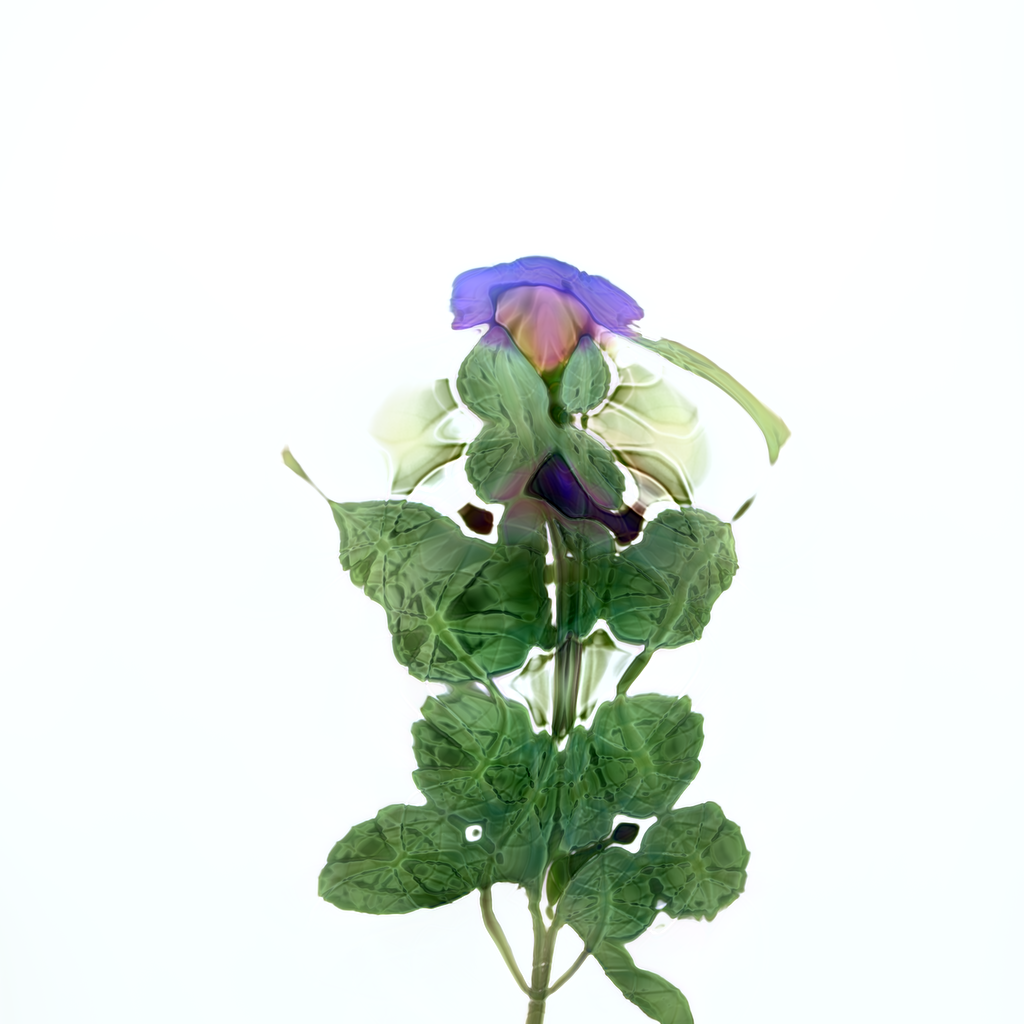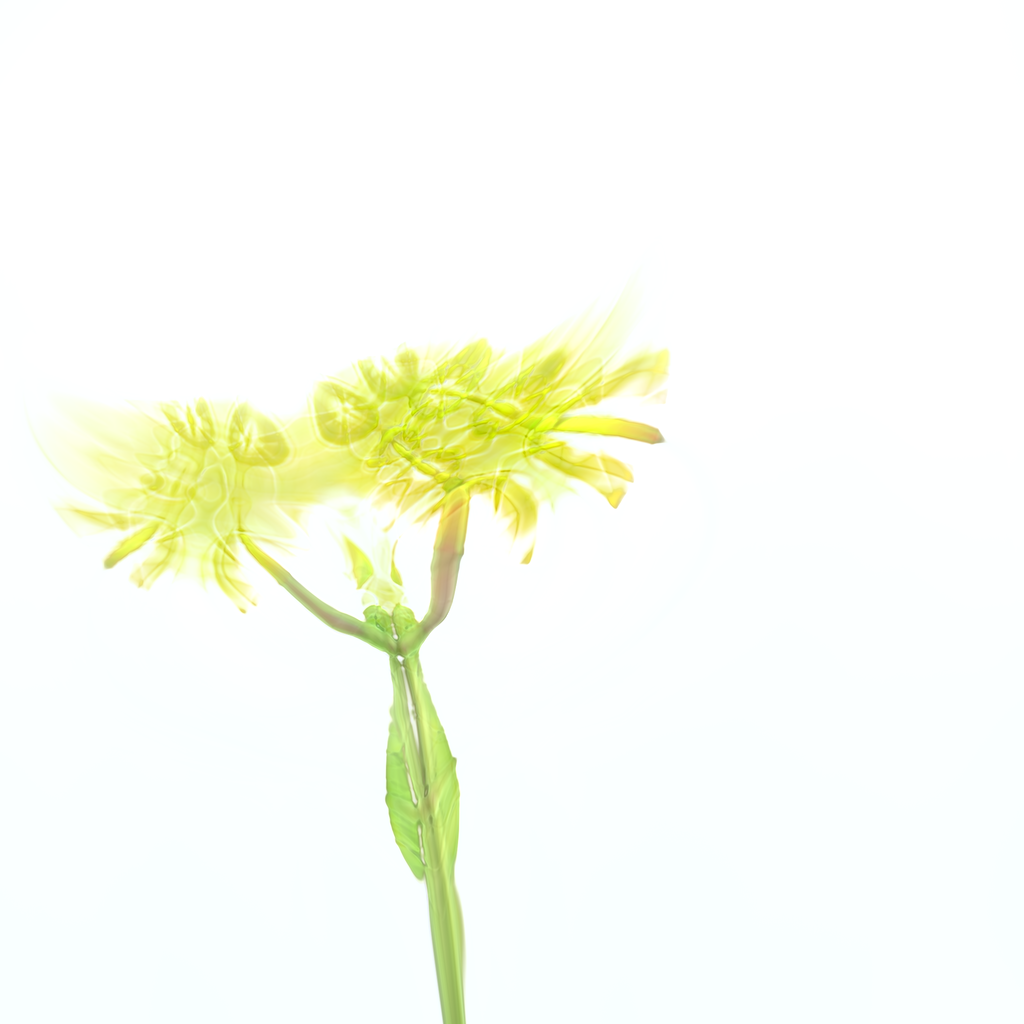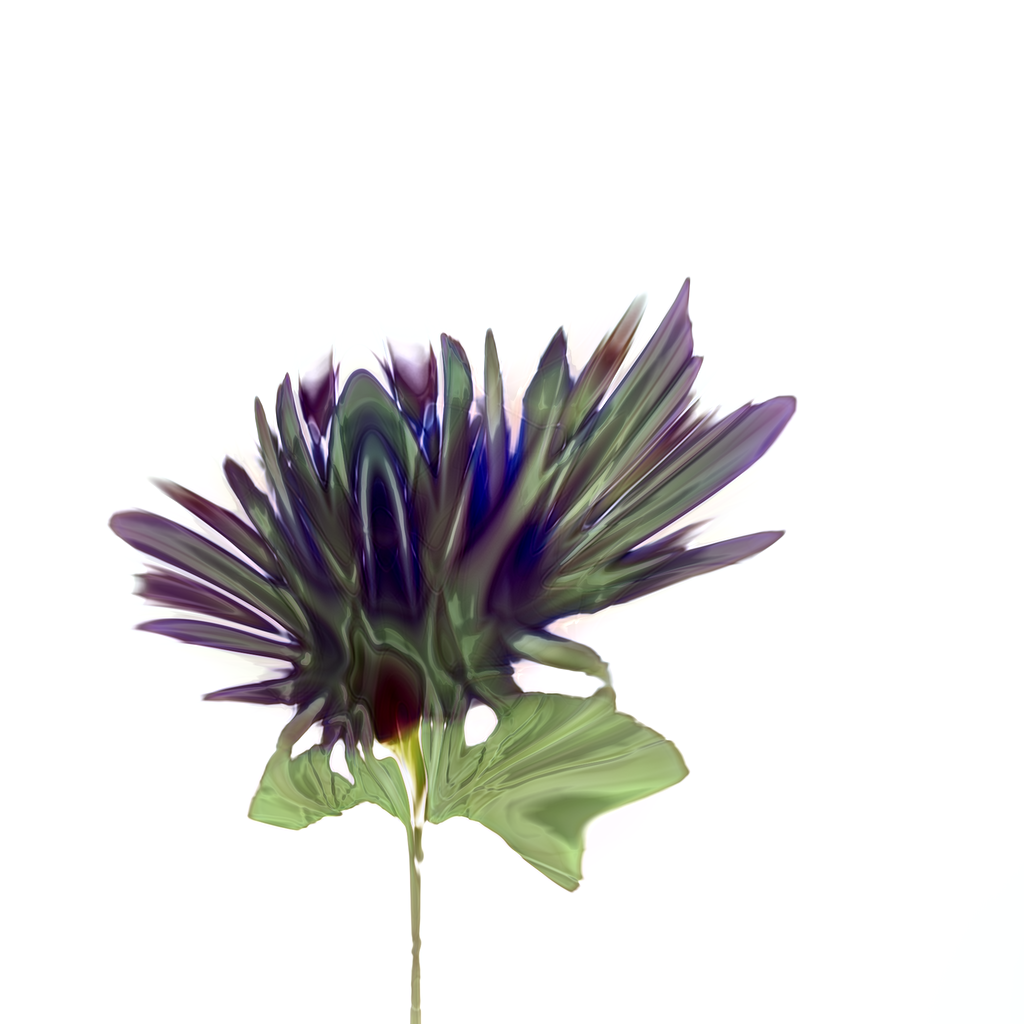Nature as a function
Windmills, solar power, trees for offsetting, we have a climate problem and look at the victim as our saving grace.
in collaboration with WhiteNoiseDADA
We regard nature as a toolbox that can fix this ‘crisis’ (as if it involves a temporary state of being) for us. It doesn’t change how we think. Depleting the earth using fossil fuels is in some areas nothing more than taking wind to generate energy. The footprint differs insofar as we can calculate this now, but our attitude towards nature does not change.
We wish to deplete the earth less but still use the earth as a toolbox of inexhaustible luxury and growth. The aim is not to take up less space, but to hope that nothing in the ecosystem will be negatively impacted by our emissions. Continue to consume, produce and recreate as much as possible, but with less of a climate problem due to optimisation.
This attitude is not new, not something of our time. Wood to make fire, eating animals, optimising harvests: we have always exploited natural resources for consumption. That’s okay, we live in an ecosystem, an ingenious system in which everyone needs each other, give and take1. But we overplayed our hand and we can all agree on that. Except for a ‘small’ counter-movement2. We need to get better at giving and a little less proficient at taking.
And now we are faced with a challenge, as it is called in management terms. A challenge to drastically reduce our footprint and impact on nature. We do this by coming up with ‘smarter’ solutions. Here, nature leaves its aesthetic domain, the domain of the mythical, we see nature as a practical environment, a technological construction in which we have to find the smart solutions. We create, plan and implement. Because it’s an incredibly complicated phenomenon to be in charge. Not being part of a big system where everyone is equal. Man creates a technological nature that is ever more distant from its natural likeness.
Nature, by definition, falls apart as soon as man’s creative hand touches it. You can’t impose laws on it. Nature exists by grace of its untouchability. For a long time, plants were thought to be lifeless. Aristotle gave flowers a vegetative soul.3 We now know increasingly more about the growth, movement and complex structures of plants that are anything but lifeless. And through the interaction between nature and technology, its development is accelerating.
We should adopt a rich and new lexicon in which the intermediate forms between nature and design are given a place to develop. An artificial natural world in which we create. This means that the difference between technology and nature must merge into a new domain, techno-ecology.
Nature is stripped of all its facets, we do not regard wind as a phenomenon, not as something that caresses your skin, gives you goose bumps or transports smells. No, wind is energy, stripped of any sensory experience. And we want to consume that energy. In doing so, nature becomes its function. A function that can be stripped of all its poetry that stands in the way of allowing nature and technology to fully flow together.
Whether nature is real or fake doesn’t matter. Biomimicry4 is the domain within design that nature interprets as a strategy. Perhaps it is time to develop more methodologies in the design world to imitate nature that we can embrace, grow, cultivate and inflate, but in order to do that we may have to be honest about our intentions.
A technological natural world from which we can draw infinitely is the solution. In vitro meat, cultivation energy, cultivation and optimising for an infinite harvest. We must move towards a technological construct that maintains everything around us. But is nature separable? Can we look at nature without empathy, without poetry, without aesthetics, without compassion? And what does this technological approach bring us? Is artificial nature the future? And what does this mean for nature in which no artificial components can be found?
1 Serres, Michelle, (2007), The parasite, University of Minnesota Press
2 https://www.oneworld.nl/lezen/klimaat/wat-gaat-er-om-in-het-hoofd-van-klimaatontkenners/
3 Botanisch filosoof Norbert Peeters hielp ons in een gesprek met onze zoektocht naar de toekomst van de kunstmatige plant
4 https://www.biomimicrynl.org/wat-is-biomimicry.html

